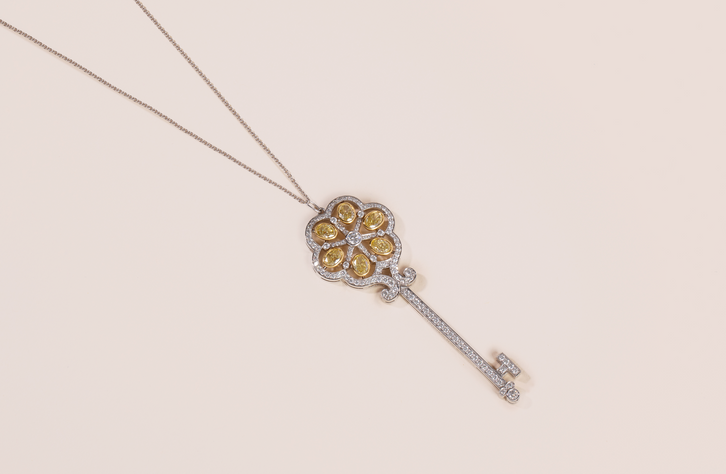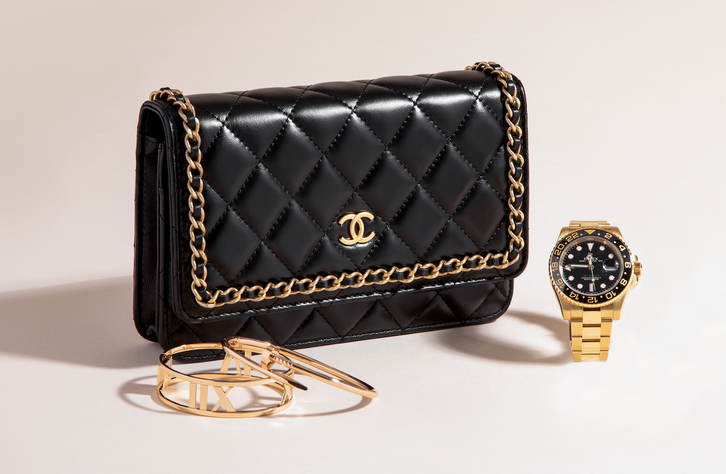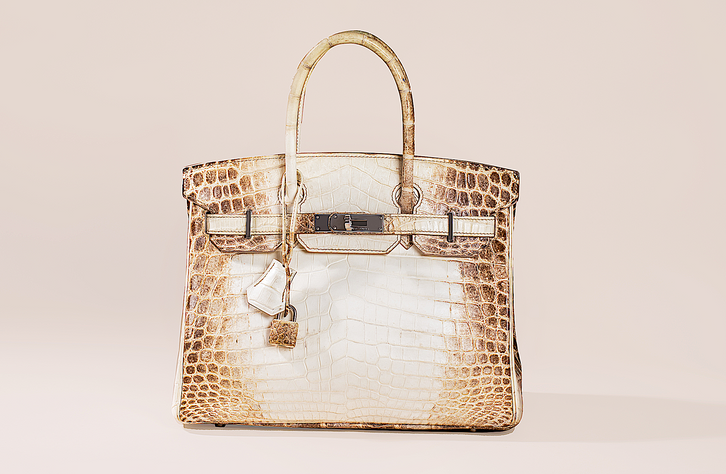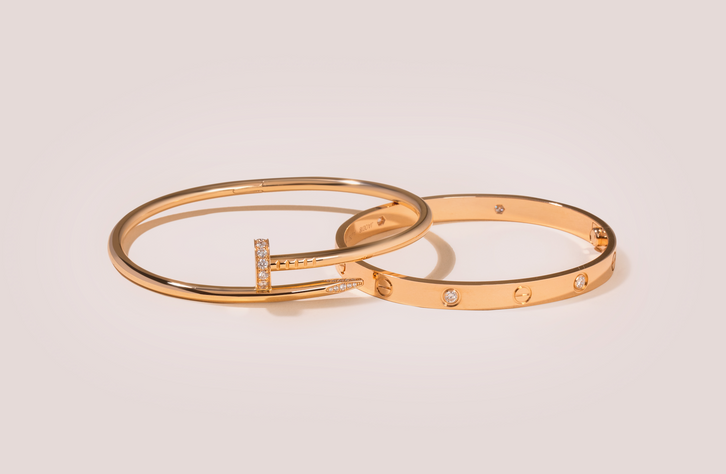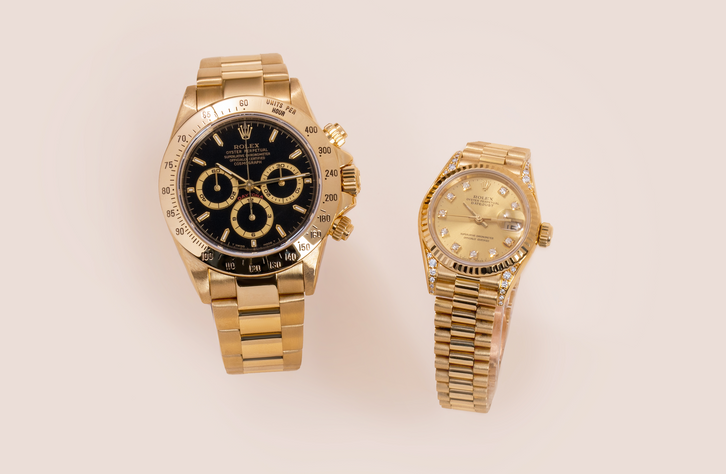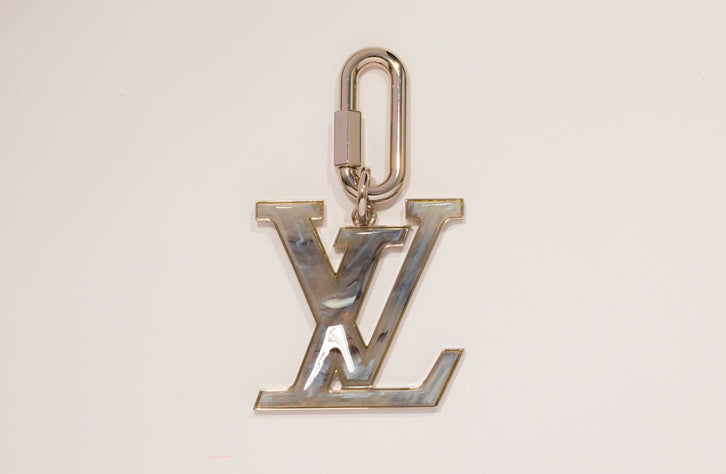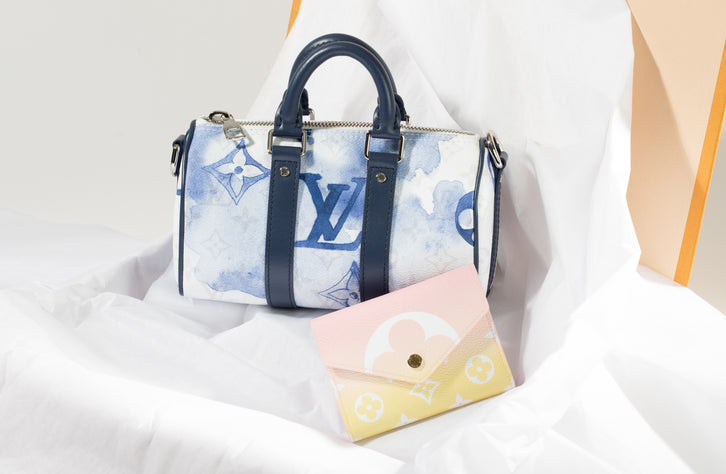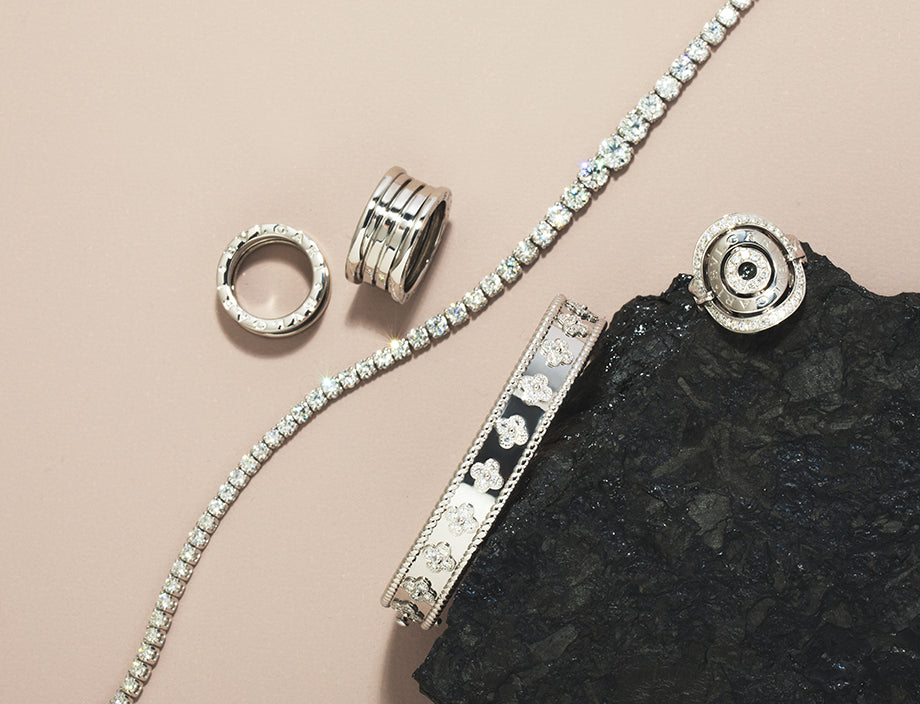What Are The Most Popular Diamond Shapes?
The most popular diamond shapes ranked:
- Round – Round diamonds are by far the most popular shape on the market today, and have been in incredibly high demand for the past few decades. About 75% of all diamonds sold worldwide are round. The circular shape helps maximize light, making for a visually appealing stone. Note that all diamonds that are not round are considered fancy shape diamonds. Of all the fancy shape diamonds, princess cut is the most popular.
- Princess –The princess cut shape is a square shape with pointed corners that was invented around 1980. This is the second most popular diamond shape.
- Oval – Invented in the 1960s, the oval shape can be found in a variety of proportions. Oval shape diamonds often flatter the finger, making it appear longer and thinner.
- Cushion – Cushion cut diamonds are named after their pillow-like shape, with rounded corners and large facets. Cushion cuts were very popular during the twentieth century and have become fashionable again in recent years.
- Emerald – The emerald cut is recognizable by its large rectangular table and step cuts. This shape dates back to the 16th century.
- Pear – The teardrop shape of a pear diamond is difficult to cut well, making a high-quality pear-shaped diamond difficult to find. Though a pear-shaped diamond ring can be worn however you choose, it is often worn with the pointed side facing outwards towards the fingertips. The largest cut stone in the world, the 530.2 carat Cullinan 1 (also known as the Great Star of Africa) is one of the most famous pear-shaped diamonds.
- Radiant – The radiant cut is known for its trimmed corners and can be found in square or rectangle shapes.
- Asscher – Developed in 1902 in Holland by the popular Royal Asscher Diamond Company, the Asscher cut is similar to the emerald cut, but it is a square rather than rectangle. It is recognizable by its large square table and step facets. This shape was highly popular during the early 20th century.
- Heart – As the name suggests, heart diamonds are made in the shape of a heart, often used on engagement rings to symbolize love. Heart-shaped diamonds have been around for centuries, with the first recorded mention being during a conversation between the Duke of Milan, Galeazzo Maria Sforza, and Nicodemo in 1463.
- Marquise – A marquise diamond has a long and slender shape that resembles a football. The marquise shape was devised in the 19th century when King Louis XV commissioned a gem to resemble the lips of the Marquise de Pompadour, his mistress.
- Trillion – The trillion cut, also known as the trilliant or trillian cut, is a triangle-shaped cut. This shape is a bold and daring departure from other more traditional styles.


.
What Is Diamond Shape Vs Diamond Cut?
There is oftentimes some confusion between diamond shape, diamond cut and diamond cut grade.
Diamond cut grade refers to the faceting of the stone, including the symmetry, proportions, and polish, which will affect how well that stone interacts with light. For example: Excellent Cut, Very Good Cut, Good Cut, Fair Cut and Poor Cut.
On the other hand, diamond shape is also known as cut, which refers to the actual outline of the stone. For example: rectangular shape (known as emerald cut), circular shape (known as round) etc. Learn more about diamond cut and its effect on value.
How Does Diamond Shape Affect Value?
Diamond shape not only affects the appearance of your diamond, but it also affects its value. The following aspects of diamond shape will impact your diamond’s worth:
1. Popularity On The Market
The popularity of your diamond’s shape on the market will have the largest effect on your diamond’s value. For example, because round diamonds are the most popular and desired diamond shape, a round diamond will fetch a higher price on the secondhand market than, say, a marquise diamond with the exact same attributes. The more popular the diamond shape, the more those diamonds will fetch.
2. How Well Cut The Diamond Is
Both diamond shape and cut (how well proportioned the diamond is) will affect the price of a stone. Cut can have a large impact on the ultimate shape of a stone. For example, a poor cut may result in a visibly asymmetrical heart shape that will not fetch a high price on the market. Only round diamonds will have an official cut grade, but every diamond shape has specific ratios that are most desirable.
The most coveted ratios for different diamond shapes are:
- Round – 1-1.02 length to width ratio
- Princess – 1-1.05 length to width ratio
- Cushion – 1.00-1.10 length to width ratio
- Marquise – 1.75-2.00 length to width ratio
- Emerald – 1.40-1.50 length to width ratio
- Pear – 1.50-1.70 length to width ratio
- Oval – 1.35-1.50 length to width ratio
- Radiant – 1-1.02 length to width ratio
- Asscher – 1-1.05 length to width ratio
- Heart – 0.90-1.10 length to width ratio
- Trillion – 1.00-1.10 length to width ratio
The closer your diamond is to these ideal length to width ratios, the more valuable it will be.
How To Sell Diamonds Online
myGemma is a BBB A+-rated business that purchases diamonds of all shapes and sizes. We offer a free, secure service for selling your diamonds, designer jewelry, and luxury watches online. Fill out our online form and one of our in-house experts will be in touch shortly via phone or email with a price quote.
